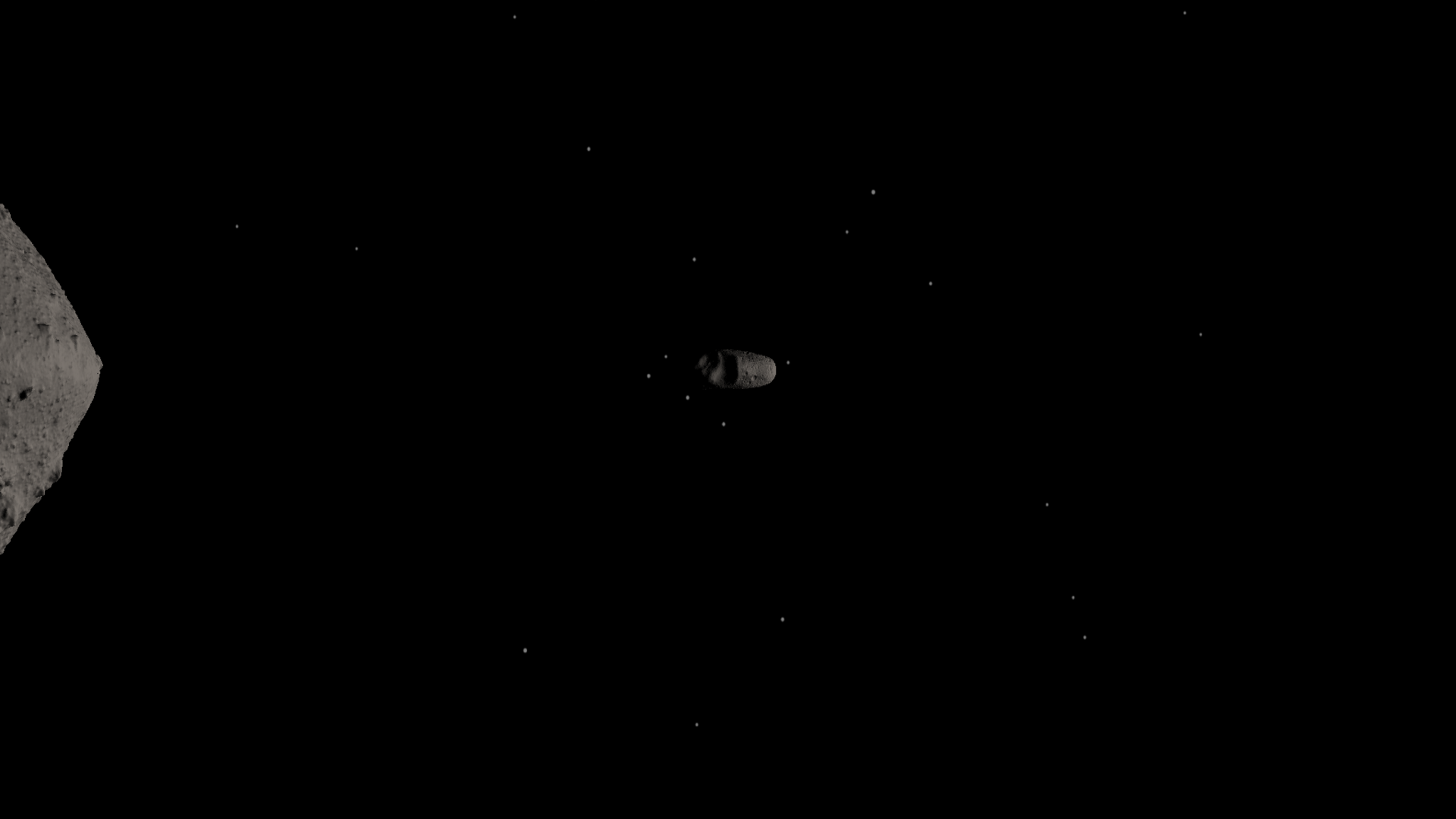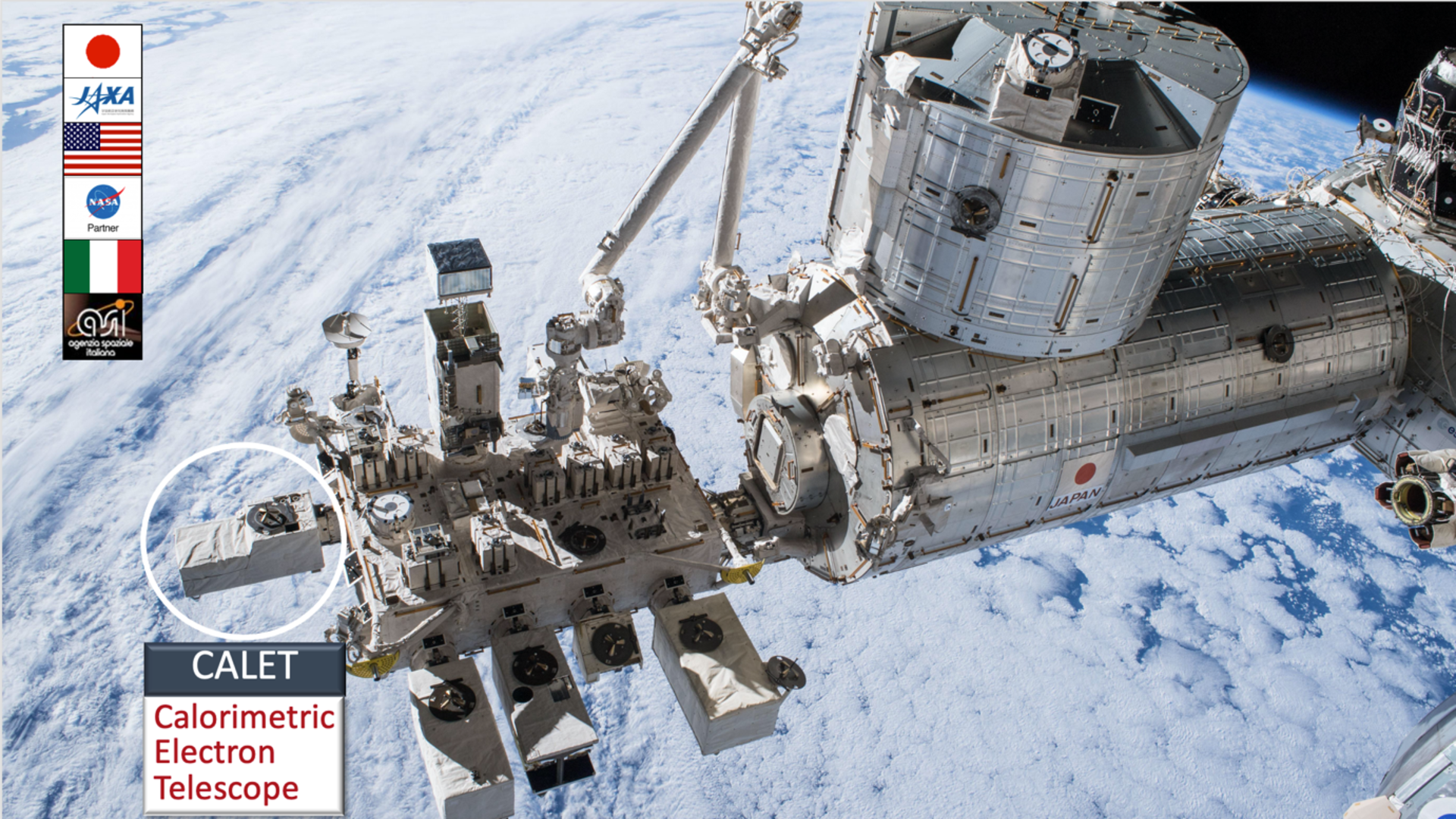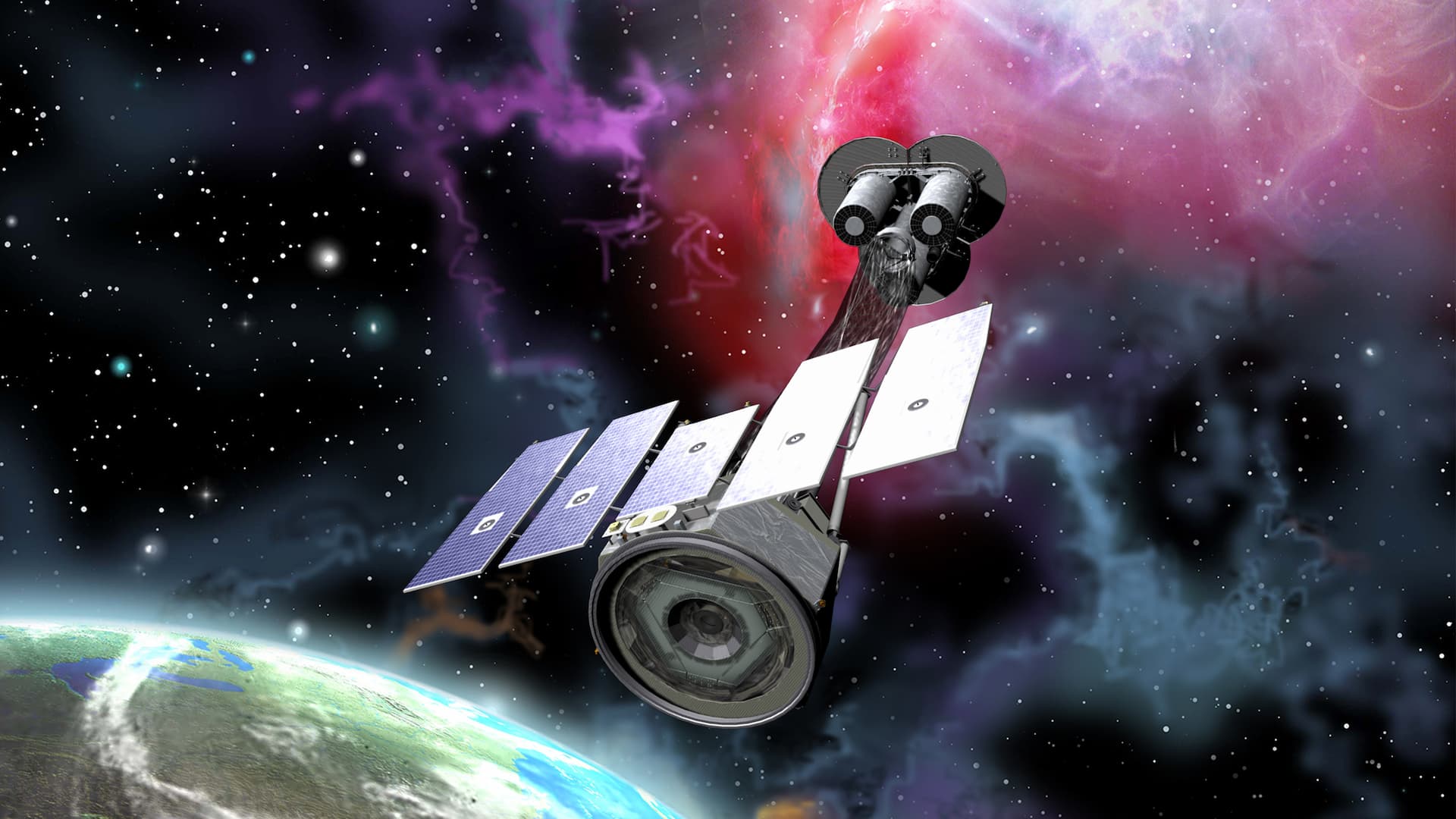The advent of new radio surveys as the VLA Sky Survey (VLASS) and Rapid ASKAP Continuum Survey (RACS), realized with the latest generation radio telescopes, is opening new opportunities for the study of the gamma-ray sky. Radio galaxies in particular, famous for their spectacular relativistic jets visible in the radio band, and extending well beyond their host galaxy, are among the less represented extragalactic sources in the high energy catalog by Fermi/LAT. Indeed, both high sensitivity and resolution are needed to spot them.
Thanks to the VLASS and RACS data, recently made available to the scientific community, it has been possible to reveal how an increasing number of extragalactic sources seen by Fermi/LAT are associated with radio galaxies. In their latest work, a collaboration led by the INTEGRAL group at INAF-IAPS in Rome has studied in detail one of these objects (IGR J18249-3243), already discovered in the hard X-ray band by the IBIS instrument onboard INTEGRAL during its first year of survey. This source, belonging to the Fanaroff-Riley II class, shows intense radio-emitting lobes at jets’ far end, reaching out tens of kpc from the central nucleus. The study of its broad band emission in radio, X, hard-X and gamma bands revealed peculiar properties: at the Fermi/LAT energies (GeV), the flux is ten times stronger than expected. By comparing these data with a theoretical emission model, it has been possible to conclude that, in all probability, the radio lobes are giving a considerable contribution in the gamma-ray band.
This result, besides confirming the recent theoretical studies on the high-energy emission in radio galaxies closer than IGR J18249-3243, offers a new perspective on gamma-ray emission in higher redshift sources, so far dominated by the strong Blazars where the jet is the main responsible of the emission. In the next decade, thanks to the come into operation of the Square Kilometer Array (SKA), it is foreseen that an increasing number of this objects will populate the gamma-ray sky.
Picture caption: The radio galaxy IGR J18249-3243 as seen by the VLASS survey. Colors indicate the intensity of the radio flux at 3 GHz, while the cross the core position measured by Swift/XRT, with corresponding uncertainty (circle).




